- Cultivation of Corostavnik
- Choosing the right location
- Planting corostavnik bulbs
- Watering and maintenance
- Propagation
- Conclusion
- Properties of Corostavnik
- Medicinal Properties:
- Other Properties:
- Application of Corostavnik in Agriculture
- 1. Erosion Control:
- 2. Soil Enrichment:
- 3. Weed Suppression:
- 4. Soil Moisture Retention:
- 5. Ornamental Purpose:
- 6. Wildlife Habitat:
- 7. Medicinal Uses:
- Corostavnik and its Medical Benefits
- 1. Anti-inflammatory properties
- 2. Antioxidant effects
- 3. Immune system support
- 4. Digestive health
- 5. Wound healing
- 6. Skin health
- 7. Anti-cancer potential
- Corostavnik as a Natural Dye
- Corostavnik in Traditional and Cultural Practices
- Medicinal Uses
- Culinary Uses
- Religious and Cultural Significance
- Corostavnik as a Promising Industrial Crop
- Rich Nutritional Value
- Medicinal Properties
- Applications in Food Industry
- Cosmetic and Skincare Applications
- Environmentally Friendly Crop
- Conclusion
- Questions and Answers:
- What is corostavnik?
- How is corostavnik cultivated?
- What are the properties of corostavnik?
- How is corostavnik used in cooking?
- Is corostavnik easy to grow?
- Videos: OU Economics Podcast: Why grow a tree? Barriers and boosters for landowners to adopt agroforestry
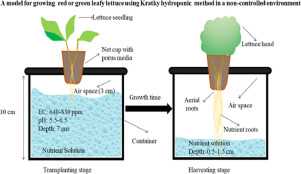
Corostavnik, also known as Russian Root, is a unique plant with a long history of cultivation and use. Native to Eastern Europe, this perennial herb has gained popularity in recent years for its numerous health benefits and versatile applications. In this article, we will explore the cultivation, properties, and various ways to use Corostavnik.
Cultivation: Corostavnik is a hardy plant that thrives in temperate climates with well-drained soil. It can be grown from seeds or by dividing the rhizomes, which are its main propagation method. The plant requires regular watering and sunlight to grow, although it can tolerate partial shade.
Properties: One of the key properties of Corostavnik is its adaptogenic nature, which means it helps the body adapt to stress and maintain balance. It contains a variety of active compounds, including saponins, flavonoids, and tannins, which contribute to its medicinal properties. Corostavnik is also rich in vitamins A, C, and E, as well as minerals like iron and manganese.
Corostavnik has been used in traditional medicine for centuries to treat various ailments. It is known for its anti-inflammatory, immune-boosting, and antioxidant properties. Studies have also shown its potential benefits in reducing anxiety, improving brain function, and enhancing physical performance.
Application: Corostavnik can be consumed in various forms, including teas, tinctures, and capsules. The roots and aerial parts of the plant are typically used to make herbal preparations. It can also be used topically in the form of creams or ointments for skin conditions such as eczema and psoriasis.
In conclusion, Corostavnik is a valuable plant with a wide range of benefits. Whether consumed internally or applied externally, it offers natural solutions for promoting overall health and well-being. By understanding its cultivation, properties, and applications, you can make the most of this remarkable herb.
Cultivation of Corostavnik
Corostavnik (Corydalis solida), also known as “bulbous corydalis,” is a perennial flowering plant that belongs to the family Papaveraceae. It is native to the woodlands of Europe and is commonly found in countries such as Germany, France, and Poland. Cultivating corostavnik can be a rewarding experience as it is relatively easy to grow and adds a burst of color to any garden.
Choosing the right location
Corostavnik thrives in partially shaded areas, making it an excellent choice for gardens with dappled sunlight or areas under trees. It prefers well-draining soil that is rich in organic matter. It is important to choose a location with soil that retains moisture but is not waterlogged, as this can lead to root rot.
Planting corostavnik bulbs
The best time to plant corostavnik bulbs is during the autumn months. Begin by digging a hole that is approximately three times the depth of the bulb. Place the bulb in the hole with the pointed end facing upwards. Space the bulbs about 2 to 4 inches apart to allow for proper growth. Once the bulbs are in place, cover them with soil and gently press down to ensure good contact.
Watering and maintenance
After planting, water the area thoroughly to provide adequate moisture for the bulbs. Once the plants have emerged, it is important to provide consistent watering, especially during periods of dryness. However, be careful not to overwater, as this can lead to root rot. A layer of mulch can be added to help retain moisture and control weeds.
Cultivating corostavnik is relatively low maintenance. Regularly remove any weeds that may compete with the plants for nutrients and space. Be mindful not to disturb the bulbs during weeding to ensure their longevity.
Propagation
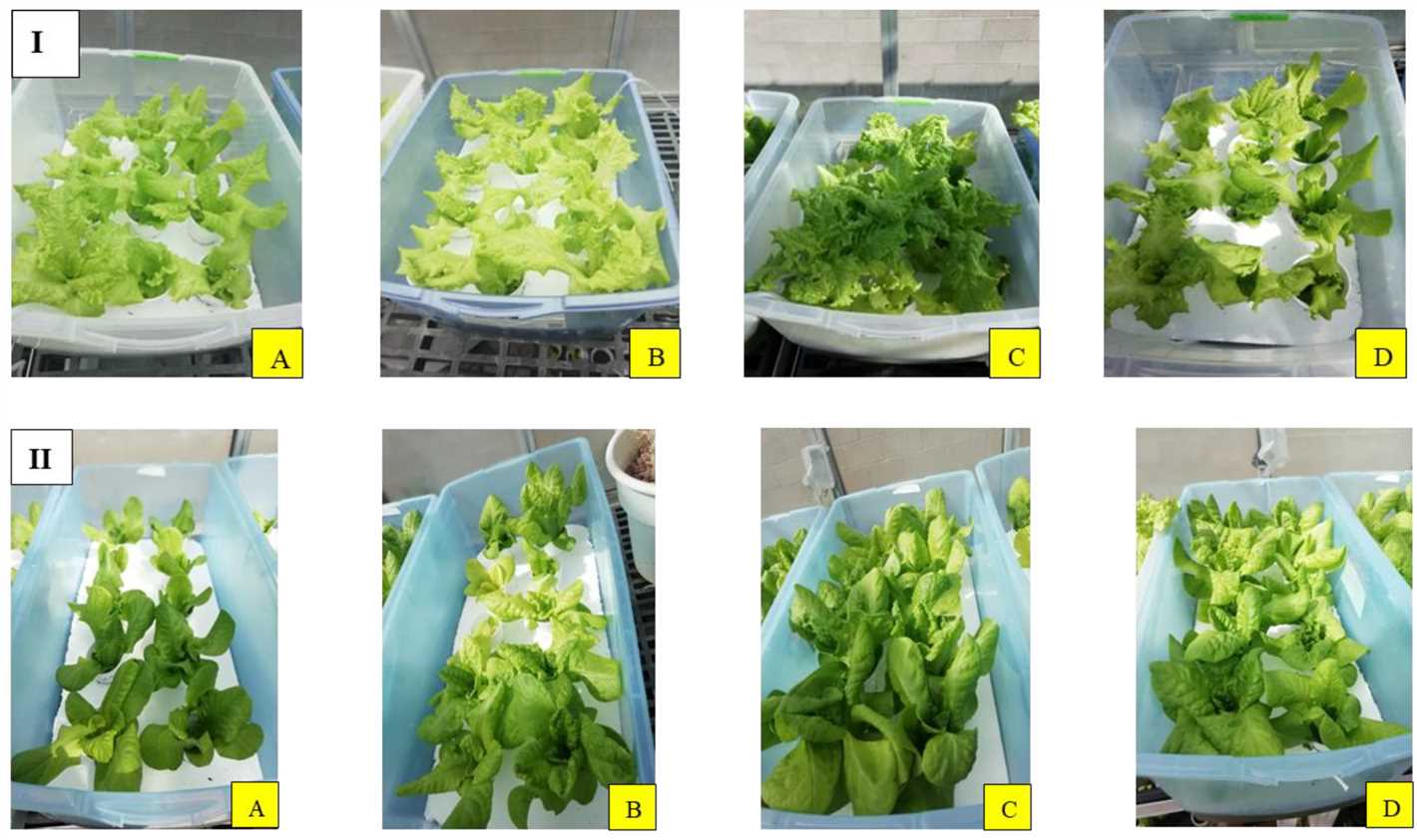

Corostavnik can be propagated by division or by seeds. Dividing established clumps in early autumn is the most common method of propagation. Carefully lift the clump and separate the bulbs, ensuring that each division has sufficient roots. Replant the divisions immediately.
Alternatively, corostavnik seeds can be collected from mature seed pods after they have dried. Sow the seeds in pots filled with well-draining soil in early spring. Keep the pots indoors or in a greenhouse until the seedlings emerge. Once they are large enough, transplant them to their final location in the garden.
Conclusion
Corostavnik is a beautiful flowering plant that is relatively easy to cultivate. By selecting the right location, planting the bulbs correctly, and providing adequate care and maintenance, gardeners can enjoy the vibrant colors of corostavnik in their gardens. Whether grown in flower beds, rock gardens, or woodland areas, corostavnik adds a touch of elegance and charm to any landscape.
Properties of Corostavnik
Corostavnik, also known as Tanacetum vulgare, is a perennial herbaceous plant that belongs to the Asteraceae family. It is native to Europe and Asia but has now spread to other parts of the world due to its medicinal properties.
Medicinal Properties:
Corostavnik has long been used in traditional medicine for its various health benefits. Some of its medicinal properties include:
- Anti-inflammatory: Corostavnik contains compounds that help reduce inflammation in the body. It has been used to treat inflammatory conditions such as arthritis, gout, and rheumatism.
- Antimicrobial: The plant has antimicrobial properties and has been used to treat infections caused by bacteria and fungi. It can be used topically on wounds and cuts to prevent infection and promote healing.
- Antispasmodic: Corostavnik has a calming effect on the muscles and can help relieve spasms and cramps. It is commonly used to alleviate menstrual cramps and muscle aches.
- Antioxidant: The plant is rich in antioxidants that help protect the body from oxidative stress and damage caused by free radicals. This property makes it beneficial for overall health and well-being.
Other Properties:
Aside from its medicinal properties, Corostavnik also has other useful characteristics:
- Culinary Uses: The leaves of Corostavnik have a strong, aromatic flavor and are used as a seasoning in certain cuisines. They can be added to salads, soups, and meat dishes to enhance the taste.
- Insect Repellent: The plant has a natural insect repellent property and is often used to keep mosquitoes, flies, and other insects away. It can be planted in gardens or used as an ingredient in homemade insect repellent sprays.
- Natural Dye: The flowers of Corostavnik can be used to create a natural yellow dye. The dye is often used in textile and craft industries.
- Ornamental Plant: Corostavnik is also grown for its decorative value. The plant has attractive, fern-like foliage and clusters of small, yellow flowers that bloom in the summer.
| Property | Uses |
|---|---|
| Anti-inflammatory | Used to treat inflammatory conditions |
| Antimicrobial | Used to treat infections and prevent wound infection |
| Antispasmodic | Used to relieve muscle spasms and menstrual cramps |
| Antioxidant | Protects the body from oxidative stress |
| Culinary Uses | Used as a seasoning in cooking |
| Insect Repellent | Keeps mosquitoes and other insects away |
| Natural Dye | Used to create yellow dye in textile and craft industries |
| Ornamental Plant | Grown for its decorative value |
Application of Corostavnik in Agriculture
Corostavnik, also known as common clubmoss or running clubmoss, has a variety of applications in agriculture. Due to its unique properties, it is widely used in different agricultural practices.
1. Erosion Control:


Corostavnik is often used for erosion control on slopes and embankments. Its dense and extensive root system helps to stabilize the soil and prevent soil erosion. It is particularly effective on steep slopes and areas prone to erosion.
2. Soil Enrichment:
The decaying leaves and stems of corostavnik contribute to the organic matter in the soil when cultivated as a cover crop or used as mulch. This helps improve soil fertility and structure, providing a better environment for plant growth.
3. Weed Suppression:
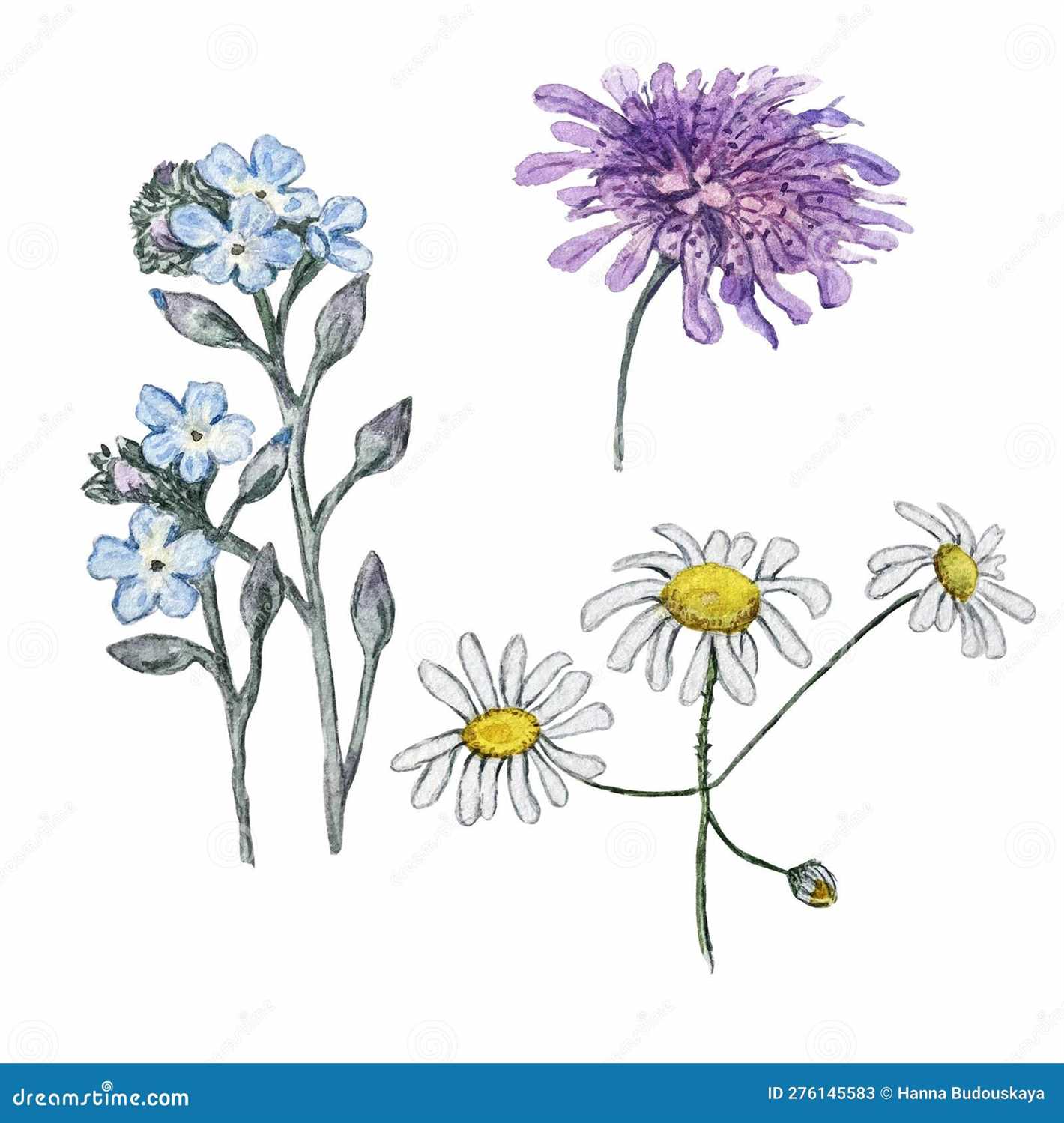

Corostavnik’s dense growth habit and shade tolerance make it an effective weed suppressor when used as a ground cover or in between rows of crops. It helps to reduce weed growth by blocking sunlight and competing for nutrients and space.
4. Soil Moisture Retention:
With its extensive root system, corostavnik is able to absorb and retain water, reducing soil moisture loss through evaporation. This can be especially beneficial in dry areas or during periods of drought, as it helps to conserve water and maintain soil moisture levels.
5. Ornamental Purpose:
Corostavnik is also cultivated for its ornamental value. Its unique foliage and creeping habit make it a popular choice for landscaping and ground cover in gardens and parks.
6. Wildlife Habitat:
The dense growth of corostavnik provides a valuable wildlife habitat, offering shelter and protection for small animals and birds. It also serves as a food source for certain insects and animals.
7. Medicinal Uses:
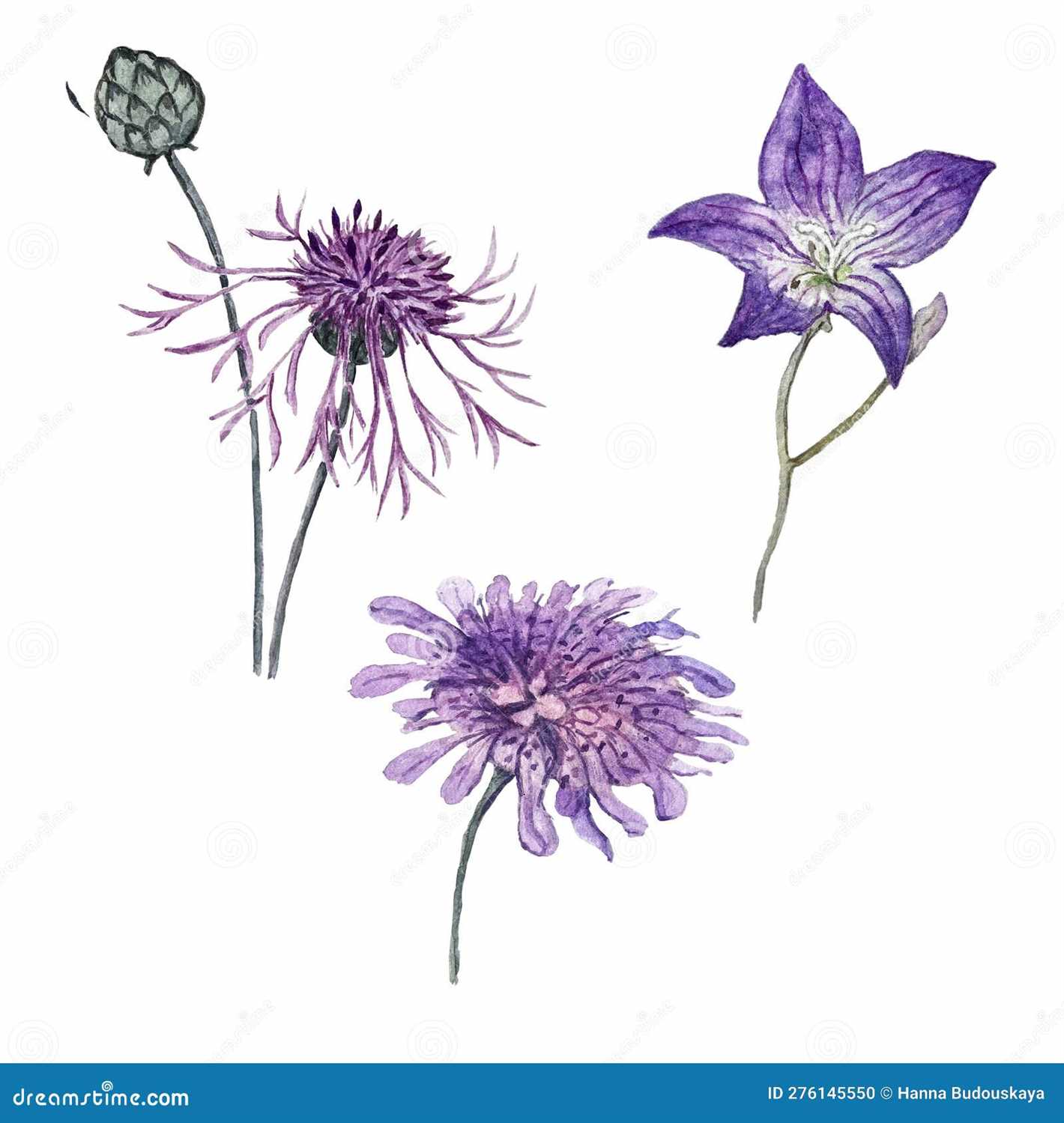

Corostavnik has been used in traditional medicine for its various medicinal properties. It contains alkaloids, flavonoids, and other compounds that are believed to have anti-inflammatory, diuretic, and antimicrobial effects. However, further research is needed to fully understand and utilize its potential medicinal benefits.
In conclusion, corostavnik has a wide range of applications in agriculture, including erosion control, soil enrichment, weed suppression, soil moisture retention, ornamental purposes, wildlife habitat creation, and potential medicinal uses. Its versatile nature and beneficial properties make it a valuable asset in agricultural practices.
Corostavnik and its Medical Benefits
Corostavnik, also known as shrubby cinquefoil or potentilla fruticosa, is a flowering plant that is widely recognized for its various medical benefits. The plant has been used for centuries in traditional medicine practices due to its potent healing properties.
1. Anti-inflammatory properties
Corostavnik has powerful anti-inflammatory properties, making it an effective natural remedy for reducing inflammation in the body. It contains various bioactive compounds, such as flavonoids and tannins, which help to inhibit the production of pro-inflammatory molecules and alleviate inflammation-related symptoms.
2. Antioxidant effects


Corostavnik is rich in antioxidants that help to neutralize harmful free radicals in the body. These antioxidants protect the cells from oxidative damage and reduce the risk of chronic diseases such as cancer, cardiovascular diseases, and neurodegenerative disorders.
3. Immune system support
Studies have shown that corostavnik possesses immunomodulatory effects, meaning it helps to regulate and enhance the immune system’s response. It stimulates the production of immune cells and strengthens the body’s defense against infections and diseases.
4. Digestive health
Corostavnik has been traditionally used for its beneficial effects on the digestive system. It can help alleviate digestive issues such as indigestion, bloating, and diarrhea. The plant’s active compounds have been found to possess antispasmodic and astringent properties, which can soothe the digestive tract and promote healthy digestion.
5. Wound healing
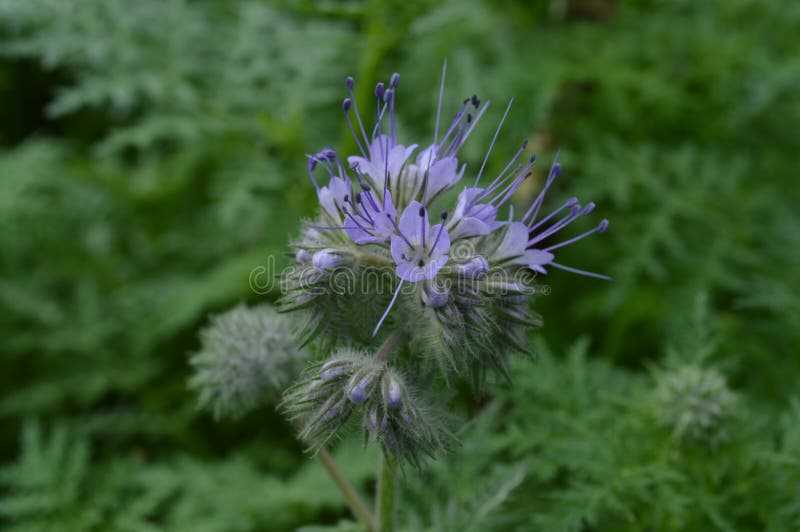

Due to its antimicrobial and anti-inflammatory properties, corostavnik has been used topically to promote wound healing. It can help prevent infections, reduce inflammation, and accelerate the healing process of wounds and cuts.
6. Skin health
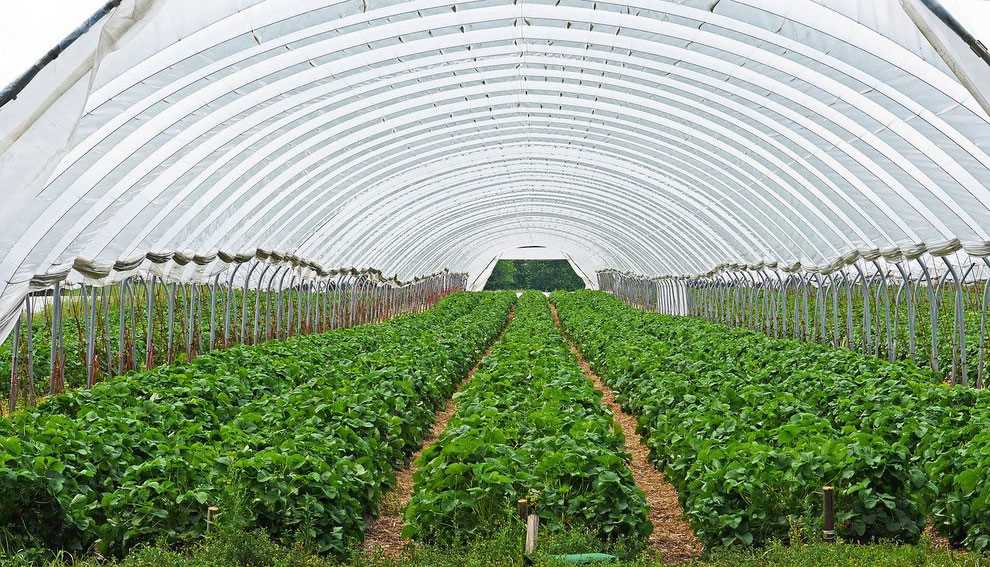

The plant’s extract has been found to have beneficial effects on the skin. It can help improve skin tone and texture, reduce the appearance of wrinkles and fine lines, and provide hydration and nourishment to the skin. Corostavnik extract is commonly used in skincare products and cosmetics.
7. Anti-cancer potential
Preliminary studies have suggested that corostavnik may have anti-cancer properties. The plant contains compounds that exhibit cytotoxic activity against certain cancer cell lines. Further research is needed to fully understand its potential in cancer treatment.
| Benefit | Description |
|---|---|
| Anti-inflammatory properties | Reduces inflammation in the body |
| Antioxidant effects | Neutralizes harmful free radicals |
| Immune system support | Enhances the immune system’s response |
| Digestive health | Alleviates digestive issues |
| Wound healing | Accelerates the healing process of wounds |
| Skin health | Improves skin tone and texture |
| Anti-cancer potential | Possesses potential anti-cancer properties |
Corostavnik as a Natural Dye
Corostavnik, also known as madder root, has been used as a natural dye for centuries. The vibrant red color obtained from corostavnik is highly valued and has been used to dye fabrics, yarn, and even leather.
History of Corostavnik as a Natural Dye
The use of corostavnik as a natural dye dates back to ancient civilizations. It was used by the Egyptians, Greeks, and Romans for dyeing textiles. The dye derived from corostavnik was highly prized and often associated with wealth and status.
Process of Dyeing with Corostavnik
The process of dyeing with corostavnik involves several steps. First, the corostavnik roots are harvested and dried. They are then crushed or ground into a powder. The powder is then soaked in water to release the dye. The fabric or yarn to be dyed is pre-treated with alum or other mordants to help the dye bond with the fibers.
Next, the corostavnik dye bath is prepared by boiling the soaked roots in water. The fabric or yarn is then immersed in the dye bath and simmered for a period of time. The longer the fabric or yarn is left in the dye bath, the deeper the color will be. After the desired color is achieved, the fabric or yarn is rinsed and dried.
Properties of Corostavnik Dye
- Color: The color obtained from corostavnik can range from pale pink to deep red, depending on the concentration and duration of the dyeing process.
- Colorfastness: Corostavnik dye is known for its excellent colorfastness, meaning the color remains vibrant even after repeated washing or exposure to sunlight.
- Compatibility: Corostavnik dye can be used on a variety of natural fibers, including cotton, wool, silk, and linen.
Applications of Corostavnik Dye
Corostavnik dye is commonly used in the textile industry to dye fabrics and yarn. It is also used by artisans and hobbyists for dyeing purposes. The rich red color obtained from corostavnik can be used to create beautiful and unique designs on clothing, accessories, and home décor items.
Conclusion
Corostavnik, with its vibrant red color and excellent colorfastness, is a highly valued natural dye. Its long history of use and versatility make it a popular choice for dyeing fabrics and yarn. Whether you are a textile enthusiast or a professional in the industry, corostavnik dye offers endless possibilities for creating stunning and lasting colors.
Corostavnik in Traditional and Cultural Practices


Corostavnik, also known as bloodroot, has been an important plant in traditional and cultural practices throughout history. The plant has been used by various cultures around the world for its medicinal, culinary, and religious properties.
Medicinal Uses
Corostavnik has long been used in traditional medicine for its healing properties. It contains a compound called sanguinarine, which has been shown to have antibacterial and anti-inflammatory effects. As a result, corostavnik has been used to treat a variety of ailments, including respiratory conditions, skin infections, and toothaches.
In some cultures, corostavnik has also been used as a natural remedy for cancer. However, further research is needed to fully understand its potential effectiveness in cancer treatment.
Culinary Uses
Corostavnik has a long history of culinary use in certain cultures. Its rhizomes are often dried and ground into a powder, which can be used as a natural red dye. The powder can also be used as a spice, adding a unique and slightly bitter flavor to dishes.
Corostavnik leaves have a tangy taste and can be used in salads or cooked as a vegetable. They are rich in vitamins and minerals, making them a nutritious addition to meals.
Religious and Cultural Significance
Corostavnik holds religious and cultural significance in some societies. In certain traditional practices, the plant is believed to possess spiritual properties and is used in rituals and ceremonies.
For example, in Native American cultures, corostavnik has been used in sacred rituals and as a symbol of strength and healing. The plant’s bright red sap is often associated with blood and is used to represent the life force or vitality.
Corostavnik is also commonly used in traditional folk medicine practices, including herbal remedies and spiritual healing. Its use varies across different cultures, but it is often regarded as a powerful and potent plant with healing properties.
| Medicinal Uses | Culinary Uses | Religious and Cultural Significance |
|---|---|---|
|
|
|
Corostavnik as a Promising Industrial Crop
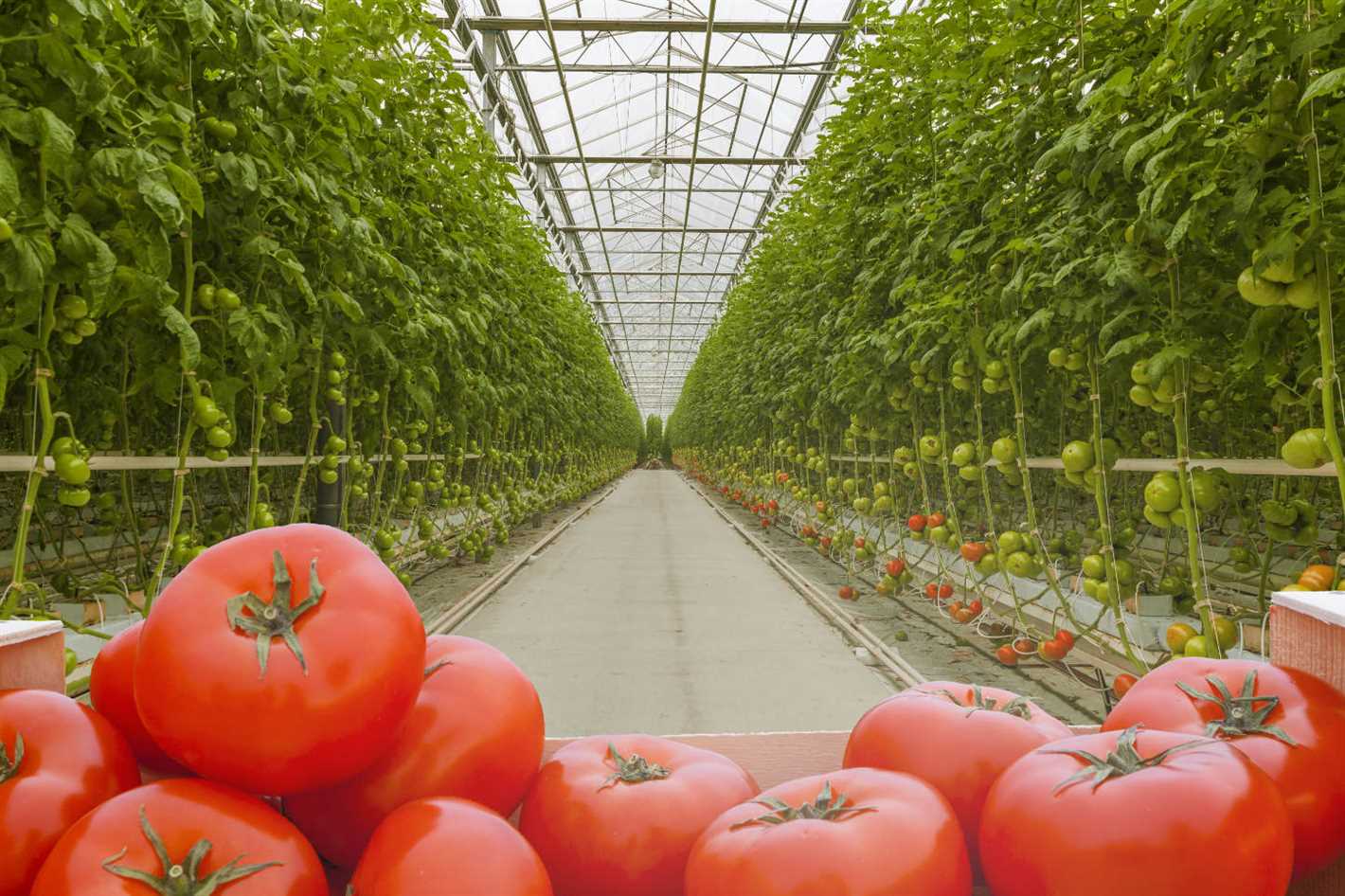

Corostavnik, also known as sea buckthorn, is a highly promising industrial crop that offers a wide range of benefits. Its cultivation, properties, and application make it an attractive option for various industries.
Rich Nutritional Value
Corostavnik is packed with essential nutrients, including vitamins, minerals, and antioxidants. It is a great source of vitamin C, vitamin E, vitamin K, vitamin A, and various B vitamins. It also contains minerals like calcium, potassium, and magnesium. These nutrients make it an excellent addition to various food products and supplements.
Medicinal Properties
The sea buckthorn plant is known for its medicinal properties. It has been utilized in traditional medicine for centuries to treat a range of ailments. The berries, leaves, and oil derived from corostavnik have anti-inflammatory, antioxidant, and immune-boosting properties. They can help in improving digestion, supporting cardiovascular health, and promoting skin health.
Applications in Food Industry
Corostavnik is used in the food industry to manufacture a variety of products. The berries can be used in the production of juices, jams, jellies, and sauces. The oil extracted from the berries is often utilized in cooking and baking. It can also be incorporated into dairy products, desserts, and confectionery. Its tangy and slightly sweet flavor adds a unique taste to food products.
Cosmetic and Skincare Applications
The high content of antioxidants and vitamins in corostavnik makes it an ideal ingredient for cosmetic and skincare products. The oil derived from its berries is commonly used in creams, serums, and lotions due to its moisturizing and anti-aging properties. It helps in improving skin elasticity, reducing wrinkles, and promoting a youthful appearance.
Environmentally Friendly Crop
Corostavnik cultivation is environmentally friendly and sustainable. The plant is known for its ability to grow in marginal lands and adapt to various climatic conditions. It requires minimal use of pesticides and fertilizers, making it a suitable crop for organic farming practices. Moreover, the plant’s deep root system helps in preventing soil erosion and improving soil quality.
Conclusion
Corostavnik is a highly versatile and promising industrial crop that offers numerous benefits. Its rich nutritional value, medicinal properties, applications in the food industry, and skincare applications make it an attractive option for cultivation. Moreover, its environmentally friendly nature adds to its appeal as a sustainable agricultural crop.
Questions and Answers:
What is corostavnik?
Corostavnik, also known as Japanese lantern or Physalis alkekengi, is a plant that belongs to the Solanaceae family. It is native to China, Japan, and Korea and is widely cultivated for its unique bright orange lantern-shaped fruits.
How is corostavnik cultivated?
Corostavnik is cultivated from seeds, which are typically sown in the spring or fall. The seeds are usually started indoors and then transplanted outdoors once the weather warms up. The plant prefers well-draining soil and full sun, and it can be invasive in some regions.
What are the properties of corostavnik?
Corostavnik has several properties that make it a popular plant. The bright orange lantern-shaped fruits are visually pleasing and can be used for decorative purposes. The plant also has medicinal properties and is used in traditional medicine for various ailments, such as inflammation and respiratory issues.
How is corostavnik used in cooking?
Corostavnik fruits can be used to make jams, jellies, and sauces. They have a slightly sweet and tangy flavor that can add a unique twist to recipes. The leaves of the plant are also edible and can be added to salads or used as a garnish.
Is corostavnik easy to grow?
Corostavnik is generally easy to grow, as it is a hardy plant that can adapt to different growing conditions. However, it can be invasive in some regions, so it is important to keep it in check and prevent it from spreading too much. Overall, it is a low-maintenance plant that can thrive with minimal attention.







